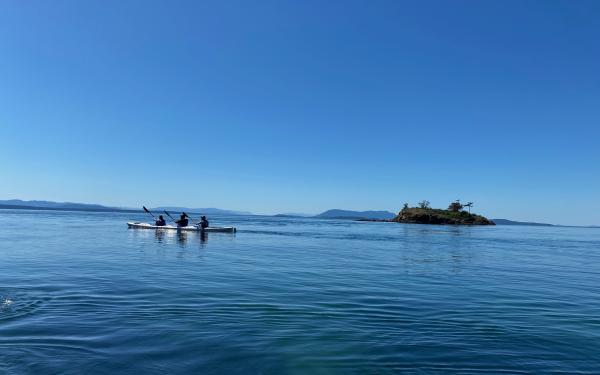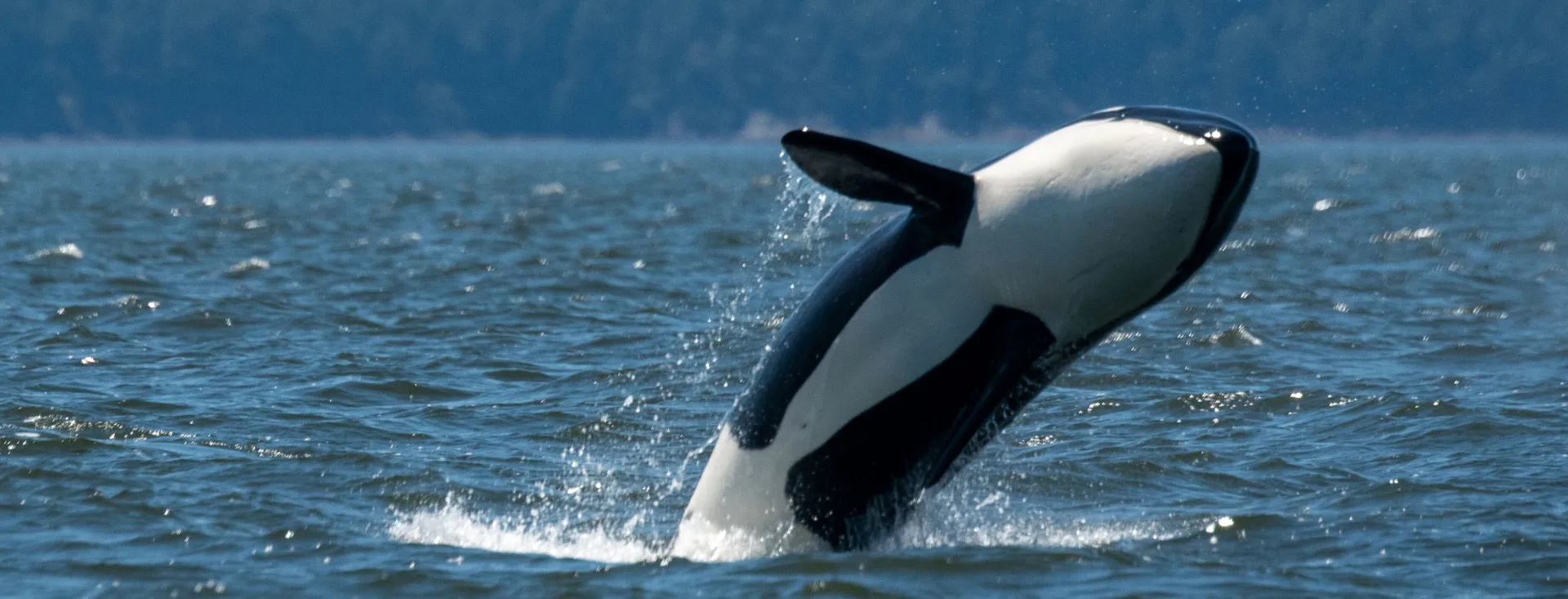
San Juan Island's Orcas Explained
San Juan Island is famous for its Orcas in the wild. Lime Kiln Sate Park is said to be one of the best places to see Orcas from land on earth. Are you ready to dig a bit deeper into the history and challenges of the whale families calling the waters around our isle their home?
Let fabulous Ellie Sawyer, marine naturalist, photographer and front desk agent extraordinaire here at our Earthbox Inn & Spa, explain the difference between "resident" and "transient" killer whales.
Remember, we can book your guided whale watching or kayaking trip for you right when you make your room reservation with us.
Both subspecies of killer whales that we see here, Bigg’s (transient) and resident killer whales, are native to our region, and their range goes far beyond that - our inner-coastal Bigg’s can be seen as far north as Haines, Alaska, and as far south as Monterey Bay, California, but southern resident killer whales (SRKW) have also been documented as far north as Juneau, Alaska, and have also been seen in Monterey Bay, particularly around spring time. While some refer to our Bigg’s as the “migratory pods”, this isn’t actually true: both types do not truly migrate in the sense of humpback whales, where they go to certain places for certain seasons. Instead, they have what we call a “home range” - a wide range of space where they move around and search for food.

The terms “resident” and “transient” were two terms that for better or worse stuck after Dr. Michael Bigg determined that we have these two types of killer whales, and not just one homogenous population as had been assumed for so long. He noticed that one population stuck around a lot more, and the members of the other population were hardly ever seen at all - thus he named the fish-eating population “resident” and the marine mammal-eating population “transient”. What scientists ultimately have discovered is that due to the voracious culls of pinnipeds - seals and sea lions - in the 1950s and 1960s to in a well-meaning but misplaced attempt to protect the salmon populations from decline, the sharp decline of pinnipeds in our region led to the decreased presence of what we had until recently referred to as transients. No food meant that they became so scarce that any researcher was lucky to have a sighting of them once every two years.
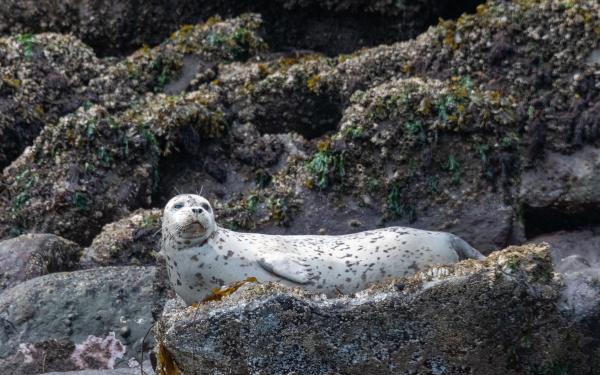
In contrast, southern residents, which feed off of the Chinook salmon runs from rivers all up and down the West Coast and most reliably on the Fraser River that joins the Salish Sea near Vancouver, B.C., were happily fed from the 50-100 pound Chinook salmon that returned every summer to the river from the Pacific. Unfortunately, human activity continues to erode what were once proud salmon runs, and the heydays of seeing SRKW off of Lime Kiln Point State Park are now behind us - the once-bountiful Fraser River Chinook runs are almost gone, and as the food source disappears, so do the residents. More than ever, researchers have to go searching the west coast of Vancouver Island and Washington State during the summer to find SRKW - very much like searching for a needle in a haystack. Even with the fish that they can find off of the coast, SRKW are dwindling, and were listed as critically endangered on the Endangered Species Act in 2005. Their population now numbers 73.
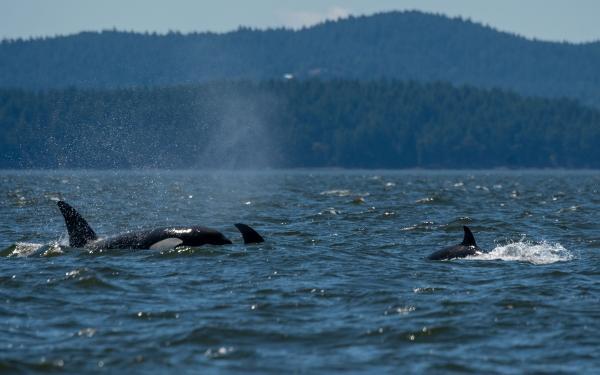
A ray of hope: because of the protections laid down by the Marine Mammal Protection Act of 1972, pinniped populations have steadily increased to their pre-culling populations, and this has led to Bigg’s killer whales being the most-likely seen whale type in our inland waters, renamed in 2014 after the late Dr. Bigg. Every year is another record-breaking year for them, in terms of sightings, calves, and families documented in our region. It all ultimately boils down to food: despite being exposed to the same noise pollution and even more chemical pollution, since they are higher in the trophic ladder. Bigg’s killer whales are thriving - and it is because we have done a really great job of protecting seals and sea lions. As of 2024, due to extensive genetic testing that has shown these two populations have not interbred in more than 250,000 years, acoustic analysis demonstrating completely different call repertoires, and various behavioral observations, these two populations are now considered part of two different subspecies of killer whales (Orcinus orca): the Bigg’s killer whales are now Orcinus orca rectipinnus and resident killer whales are now Orcinus orca ater.
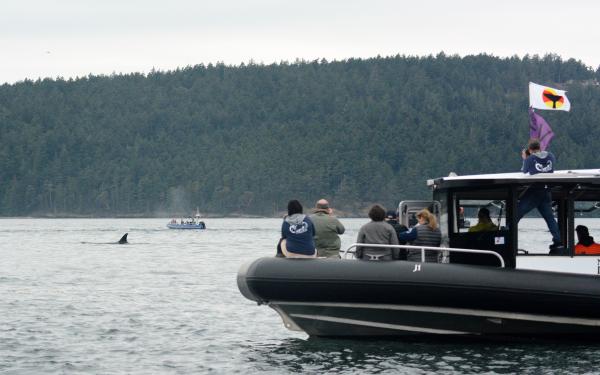
So...when you are out on a whale watch or a kayak tour, and you are interested in learning more about our killer whale populations or hearing more about how you as an individual can help our salmon return and bring back our SRKW, make sure to ask the passionate guides and naturalists who run those tours - there is a lot to share and learn! Also, be sure to follow along with both the Center for Whale Research and Orca Behavior Institute to learn more about the latest research on these amazing animals!
